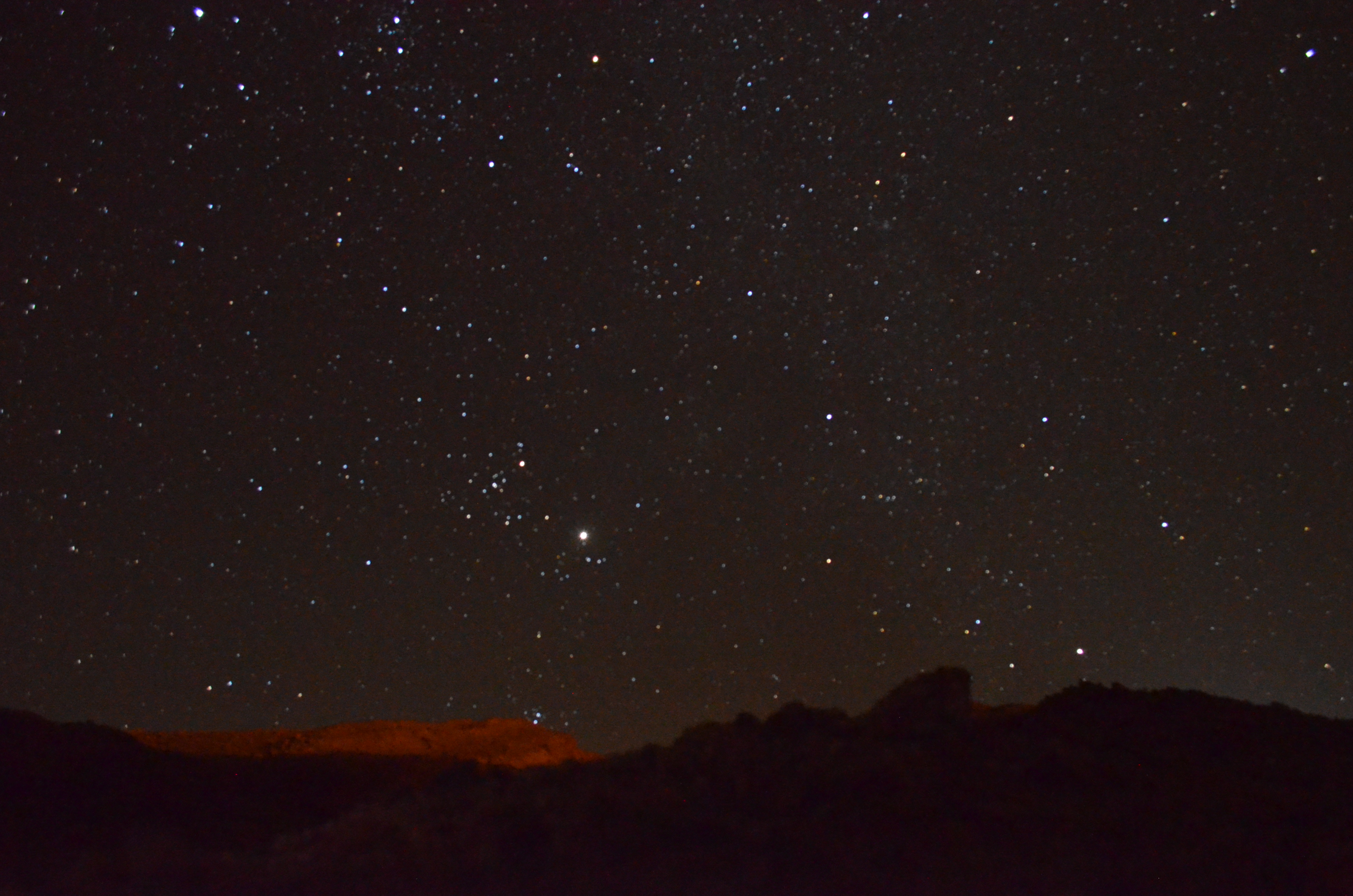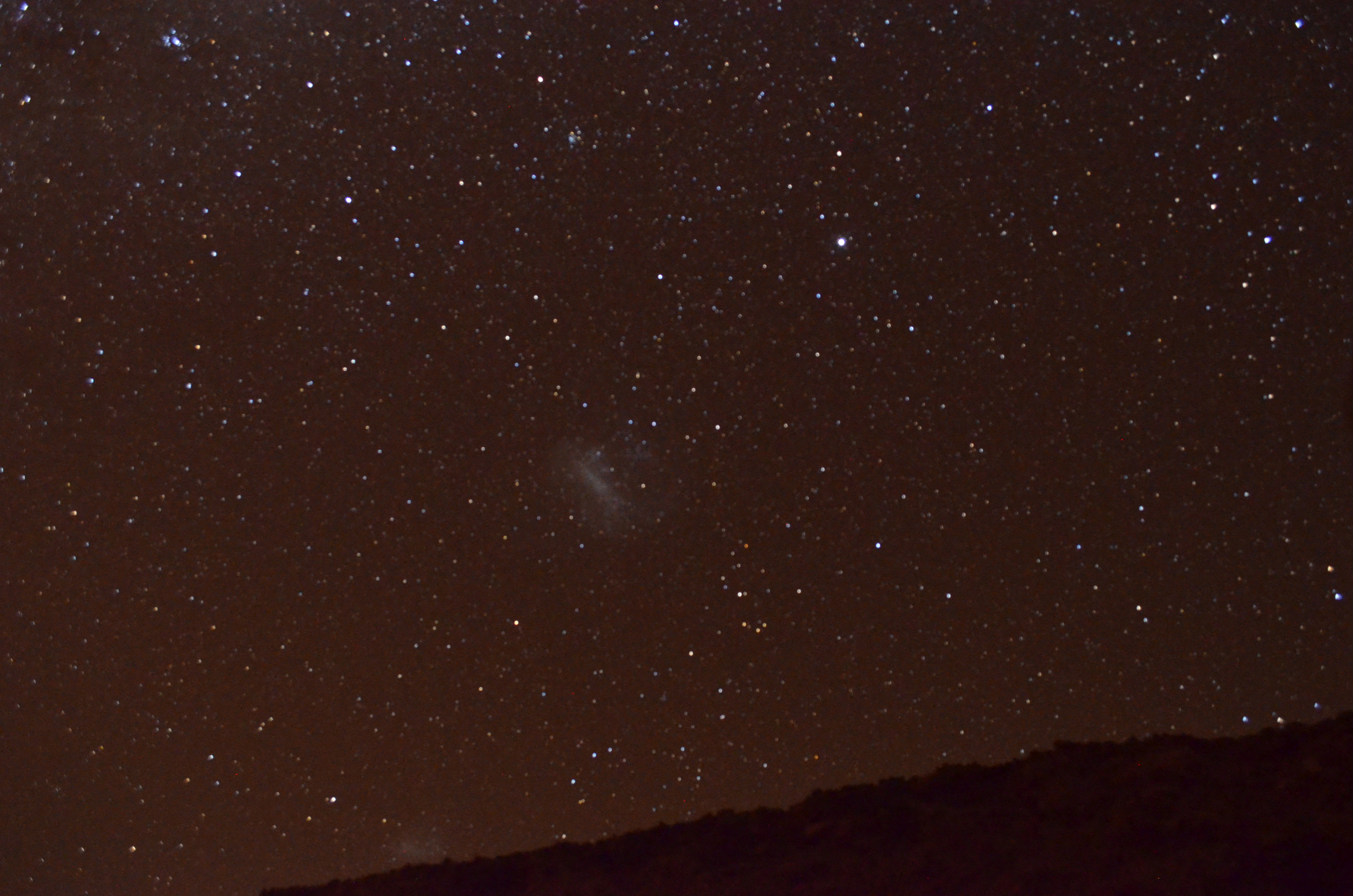Reporter's Journal: A New Yorker's View of the Southern Sky

NEW YORK — Living in New York City, I often forget to look up at the sky when walking outside at night — after all, with so much light pollution, what's the point? But on a recent trip to the Chilean desert, I could barely pay attention to anything but the sky at night.
It was my first visit to South America — to the Southern Hemisphere at all. The opportunity to see certain constellations I'd never before seen, some of which are visible only from below the equator, was one of the experiences I was most looking forward to on the trip.
I flew to Santiago, Chile, on March 9, and a day later arrived in the small oasis town of San Pedro de Atacama in Chile's Atacama Desert — popularly known as the driest place in the world. It's also well-known as one of the best spots on Earth for stargazing, as evidenced by the plethora of world-class observatories built on its mountains.
I was one of a group of North American journalists visiting for the inauguration of the ALMA telescope (Atacama Large Millimeter/submillimeter Array), on a trip sponsored by the U.S. National Radio Astronomy Observatory. [Photos: Chile's Amazing Night Sky]

On our first evening in San Pedro, I was still getting used to the new altitude, new language and new season in which I'd arrived. Walking to the hotel from dinner, my eyes took in the sky above me before my brain realized what I was seeing. Something was off, and I felt momentarily bewildered and confused by the striking constellation directly in front of me — familiar, and yet not.
"It's the Southern Cross!" said one of my companions, and I realized in amazement it was true: Four dazzlingly bright stars stood out against a crowded backdrop in a diamond formation low in the sky. I'd glimpsed, for the first time, the most famous Southern Hemisphere constellation.
Officially called Crux, the constellation is made of five stars, four of which are very bright to the naked eye and are arranged in the shape of a cross. I'd seen pictures of it before, and the distinctive shape immediately jumped out at me, my eyes recognizing it before my mind did.
Get the Space.com Newsletter
Breaking space news, the latest updates on rocket launches, skywatching events and more!
It was a powerful experience, and it kept happening over the next few days. I'd gaze distractedly up at night, and be momentarily confused by the new sights greeting me, which were different from the familiar constellations I'd grown up with.
From horizon to horizon, the scene was stunning. Packed to the brim with twinkling stars, bright planets and the unmistakable river of the Milky Way hanging down the scene's center, the Atacama sky was a wonder.
Probably the most amazing sight to a Southern Hemisphere newbie like me was the Large Magellanic Cloud. This mini galaxy has about one hundredth the mass of the Milky Way, and orbits our galaxy as a satellite. Through a telescope, it reveals itself to be a galaxy in its own right, but with the naked eye, it looks like a cloudy smudge of light — hence the name.
There's nothing quite like this in the Northern Hemisphere night sky, and the sight of the Large Magellanic Cloud in person for the first time amazed me. It's fairly big, and immediately noticeable, as a unique celestial splendor.
What's more, once you notice the Large Magellanic Cloud, you can easily spot its miniature sibling, the Small Magellanic Cloud, just a bit below it. This is another satellite galaxy of the Milky Way, and is even smaller than the Large Magellanic Cloud, containing just a few hundred million stars (compared with the Milky Way's 300 billion). In person, the Small Magellanic Cloud is another one-of-a-kind sight, a mini white cloud of light shining against a blanket of stars.
On my short trip to Chile, I spent a few precious hours staring up at the heavens. It reminded me why I love astronomy and space so much: Looking at these new (to me) stars, I felt again how small, yet connected, I am to a vast universe all around me. I recommend the Southern Hemisphere sky view to any avid stargazer from the North — it's an experience not to be missed.
Follow Clara Moskowitz on Twitter and Google+. Follow us @Spacedotcom, Facebookand Google+. Original article on SPACE.com.
Join our Space Forums to keep talking space on the latest missions, night sky and more! And if you have a news tip, correction or comment, let us know at: community@space.com.

Clara Moskowitz is a science and space writer who joined the Space.com team in 2008 and served as Assistant Managing Editor from 2011 to 2013. Clara has a bachelor's degree in astronomy and physics from Wesleyan University, and a graduate certificate in science writing from the University of California, Santa Cruz. She covers everything from astronomy to human spaceflight and once aced a NASTAR suborbital spaceflight training program for space missions. Clara is currently Associate Editor of Scientific American. To see her latest project is, follow Clara on Twitter.









